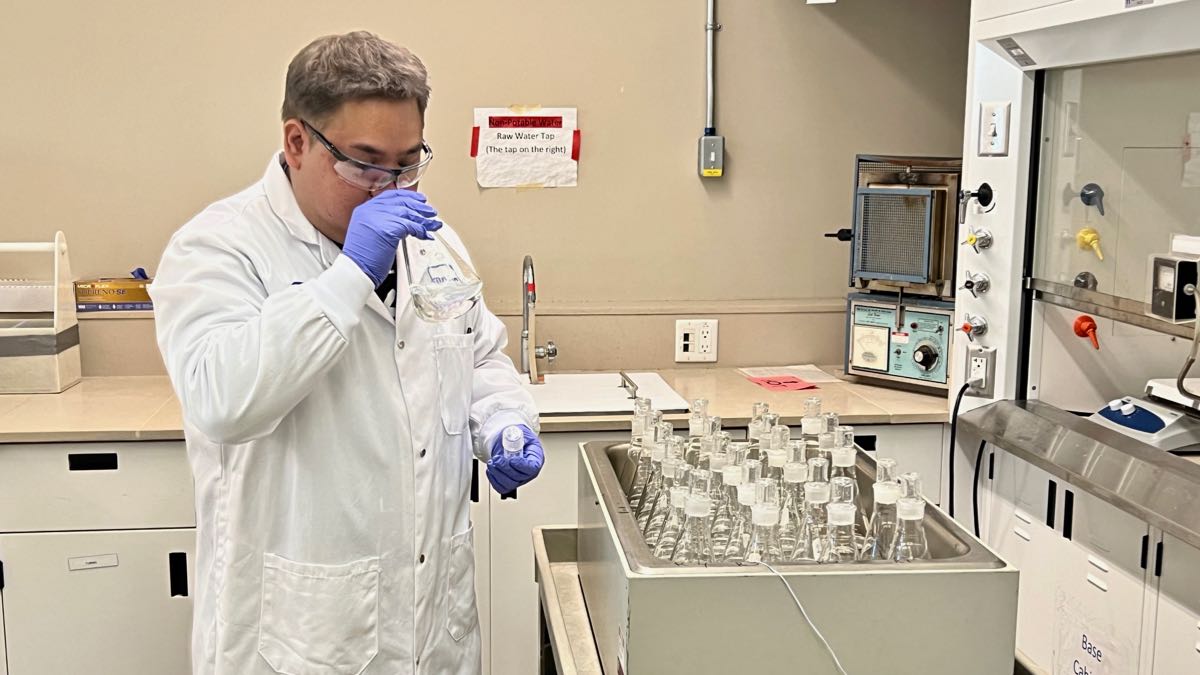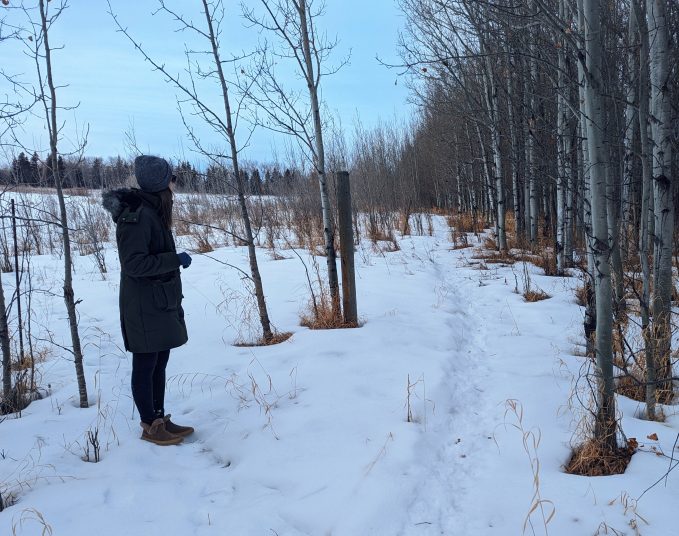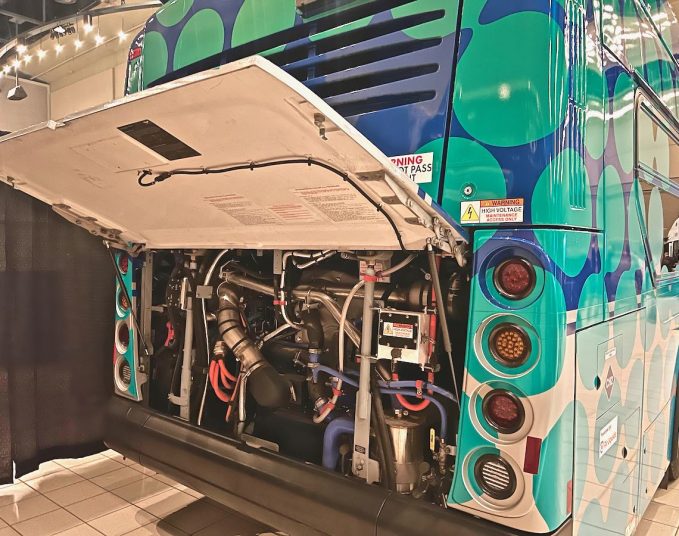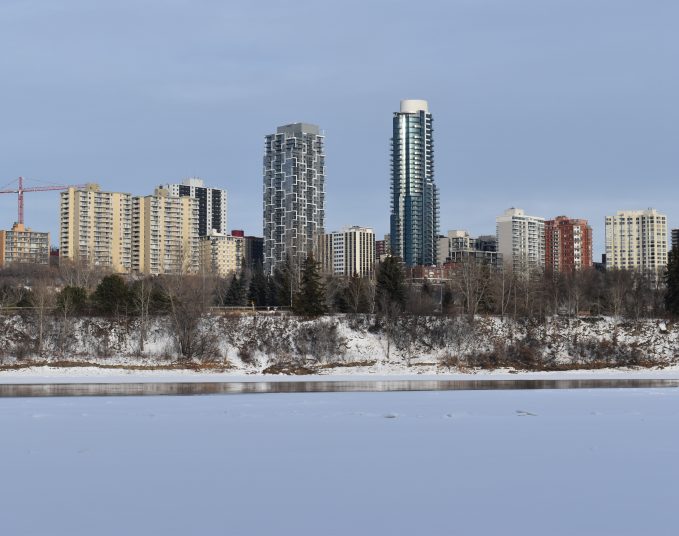Go ahead, sniff your tap water. It’s the most Edmonton thing you can do.
There’s likely someone in this city sniffing tap water as you read this story. And, it’s all part of research that EPCOR conducts during the spring run-off season.
Ah, run-off season. That time when the snow recedes, the ice melts and you discover the cigarette butts and dog crap on your front lawn that had been buried for months. This morning, a blackened banana peel revealed itself on my lawn, soggy from the melted snow.
It’s also a key time when experts need to monitor the North Saskatchewan River. This is when runoff, the majority of it coming from upstream of the city, flows down to the river. There’s added sediment and organic material flushed from farms. There’s the funky runoff that once coated fallen leaves. (Ever smell an old pile of soggy leaves? Imagine sweaty socks times 1,000.)
These can all affect water quality, so EPCOR increases the rate of its monitoring during run-off season. The water that EPCOR treats in its two plants — then flows to 1.3 million customers in the Edmonton region — all comes from the North Saskatchewan.
And, EPCOR also enlists about 300 volunteers from throughout the city to help test its water — with their noses. These volunteers sniff the water and report back any funkiness to the utility.
As well, the Water Excellence Lab, located close to the old Rossdale power plant, sees the technicians also use their noses, which Senior Manager of Analytical Operations and Process Development Jeff Charrois says is one of the best scientific tools that humans can have.
“These lab technicians, which we call our water sommeliers, are doing their own odour panel right now,” says Charrois. “We do that a couple of times a week right now, and that will increase to, probably, daily, when we get into the main body of spring run-off.”
These smell tests are an important first step in helping technicians pinpoint any adjustments that might be made to water treatment.
Charrois said that the hundreds of volunteer testers in the program — which is one of a kind in North America — tend to detect the same things. Earthy, musty smells are normal because of the amount of ammonia and organic material that is in the water during run-off time. The testers will also report smells that remind them of swimming-pools, and that’s because chlorine is added as an antibacterial agent in the water treatment process. (And, he insists, no matter the odour, the water coming out of the taps is safe to consume.)
Of course, when you’re invited to learn more about how our water is treated, some questions bordering on paranoia enter your mind. So, I asked if there are any man-made pollutants in the river that are of any concern at this time of year.
“Not particularly,” said Charrois. “We’re really aware right now of the organic material we see in the river, that’s what really gives the treatment plant its bigger challenge during spring run-off. We know the sources of that, stuff from decaying leaves and litter that’s been on crops that are decaying upstream of the treatment plant.”
Steph Neufeld, manager of the watershed for EPCOR, said that the City of Edmonton itself only accounts for about three per cent of the watershed, even though snow tends to melt first here. She said it’s the early melt from the agricultural lands upstream from Edmonton that “drive water quality.”
During the spring, the river can flow at up to 250 cubic metres/second, and up to half of it can be from this agricultural area outside of the city. (Right now, our water flow is about half of that).
“There’s a lot of organic matter that comes with it,” said Neufeld. “It scours and erodes tributaries — and we see that in the water quality, and our treatment plants have to respond.”
Want to join the sniff team? Wait till next year, as Charrois confirms that the program is “fully subscribed” for this spring.
I guess we just love to sniff the water.
Savvy AF. Blunt AF. Edmonton AF.




